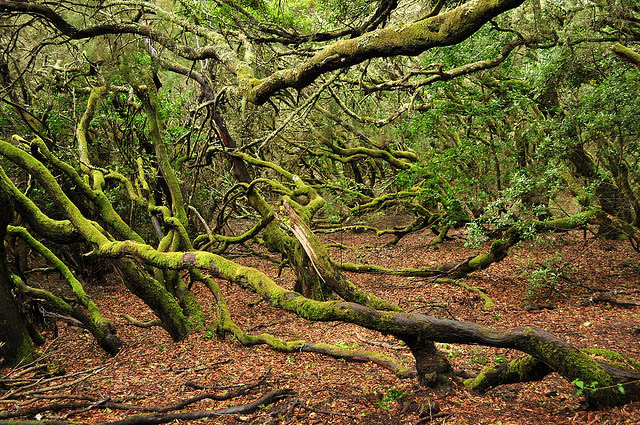Torres del Paine National Park is a national park encompassing mountains, glacier, lake, and river-rich areas in southern Chilean Patagonia. The Cordillera del Paine is the centerpiece of the park. It lies in a transition area between the Magellanic subpolar forests and the Patagonian Steppes. The park is located north of Puerto Natales and north of Punta Arenas. Bernardo O'Higgins National Park is its neighbour to the west, while Los Glaciares National Park is located to the north in Argentine territory.
 |
| Torres del Paine National Park |
Lady Florence Dixie, in her book published in 1880, gives one of the first descriptions of the area and refers to the three towers as Cleopatra's Needles. She and her party were the first tourists to visit what is now called Torres del Paine National Park. Several European scientists and explorers visited the area in the following decades, including Bryce Bruce, Carl Skottsberg and Alberto María de Agostini. Gunther Pluschow was the first person to fly over the Paine massif.


The park was established in 1959 as Parque Nacional de Turismo Lago and it was given its present name in 1970. In 1977, Guido Monzino donated 30,000 acres to the Chilean Government, and its definitive limits were established. The park was designated a World Biosphere Reserve by UNESCO in 1978. The landscape of the park is dominated by the Paine massif, which is an eastern spur of the Andes located on the east side of the Grey Glacier, rising dramatically above the Patagonian steppe. Small valleys separate the spectacular granite spires and mountains of the massif.
The head of French Valley is a cirque formed by impressive cliffs. To west rise abruptly the colossal walls of Cerro Cota 2000 and Cerro Catedral. Cerro Cota 2000 is named for its elevation; its highest contour line is about 2,000 meters. To the north stands the granite arete called Aleta de Tiburon.
Silence Valley is where standing face to face the gigantic granite walls of Cerro Fortaleza and Cerro Escudo with the western faces of the Torres del Paine. Ascencio Valley is the normal route to reach the Torres del Paine lookout, which is located at the bank of a milky green tarn. The highest mountain of the group is Paine Grande, although its elevation has not been determined with precision yet.
The Southern Patagonian Ice Field mantles a great portion of the park. Glaciers include the Dickson, the Grey, and the Tyndall. Among the lakes are the Dickson Lake, Nordenskjöld Lake, Pehoe Lake, Grey Lake, Sarmiento Lake, and Del Toro Lake. Only a portion of the latter is within the borders of the park. All are vividly colored, most due to rock flour suspended in their waters. The main river flowing through the park is Paine River. Most of the rivers and lakes of the park drain into Ultima Esperanza Sound via Serrano River.
Text source:- Wikipedia. Images are copyrighted by their owners. Found any copyright issue, contact the administrator immediately. Report it now! You have read this article Chile /
Mountains /
National Parks /
Peaks /
South America /
Wonders /
Wonders of the Nature World
with the title March 2012. You can bookmark this page URL http://tiffanyeatworld.blogspot.com/2012/03/torres-del-paine-national-park.html. Thanks!










































































